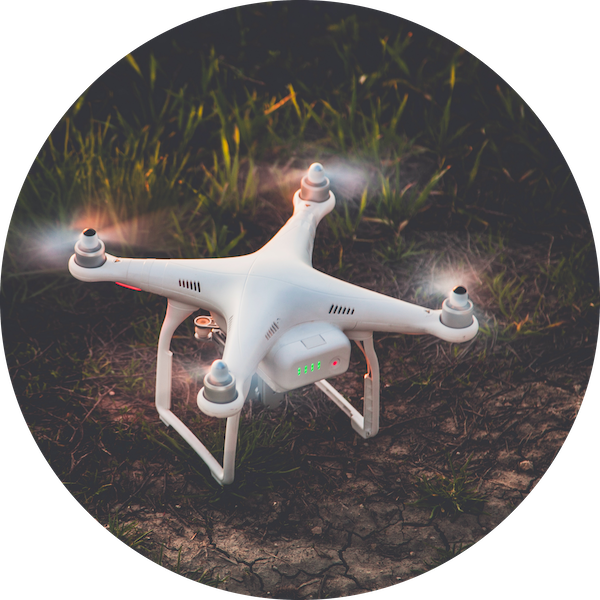This technology leverages precision agriculture, artificial intelligence and hyperspectral imaging for optimized crop yield and fertilization while reducing the environmental impact. It focuses on potatoes and wheat. The key is targeted application rather than whole-field treatment.
- First, a drone equipped with a hyperspectral camera is able to classify crops through sampling images. Aside from sensors and cameras, the drone is also equipped with a spectroradiometer, collecting solar radiance in different wavelengths form the surface.
- Then, data samples gathered by the drone are integrated into images using a time-stamp method.
- The image filtering techniques are further enhanced by laboratory tests on samples from the exact same location, thus constantly improving calibration and the algorithms used for crop management or yield predictions. This, leading to staggering measurement accuracy yield of up to 80%.
Since algorithms can be described as opinions in code, the visualisation of these opinions is the foundation on which advisors and farmers alike can base their decision making. The benefits are usability, rapid assessment, accuracy and consistent results.
Main problems that the technology solves:
- Early detection of water related stresses. This allows farmers to accurately irrigate before the effects result in yield losses. Hyperspectral imaging detects such changes long before it is visible to the human eye.
- Detection of micro and macro nutritional elements in crop plants. Among the elements analyzed by the neural network are Nitrogen, Phosphorus, Potassium, Sulphur, Manganese, Copper, Zinc and Iron.
- Detection of fungal diseases. This allows producers to rapidly treat affected areas before the optimum time for counteractive measures has passed. Apart from mitigating individual yield losses, this method prevents diseases from spreading to neighboring fields or crops.
However, as the application of pesticides and fungicides is hampered by adverse weather conditions and outdated agricultural machinery, farmers need to rely on advisors that know the regional specificities. Their service includes a web platform for hyperspectral data submission and storage, as well as data aggregation and integration with the GIS-based FMIS AgroSmart for analysis result presentation and delivery. Further integrations with other FMIS (such as 365FarmNet and Akkerweb) are currently explored.

